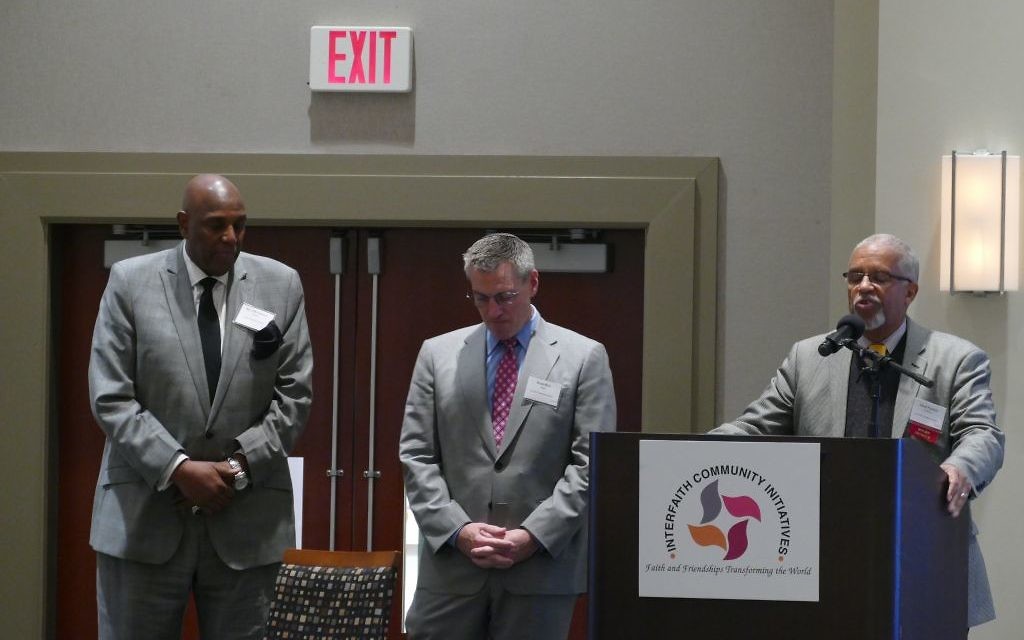Remember to Learn From Shammai’s Example
Learn from our tradition how to make room for differing opinions.

Though Chanukah is over, a Talmudic passage related to the holiday (BT Shabbat) provides us with an important lesson that extends well beyond the Festival of Lights. The message is timely and, if taken to heart, might inspire more gracious and accepting behavior as we prepare for 2018.
The passage is one in which first century rabbinic sages Hillel and Shammai debate the proper way to kindle the lights of Chanukah. Shammai argues that one should start with a fully lighted menorah on the first night of the festival and reduce the number of lights by one each evening to correspond with the number of days remaining. Hillel proposes just the opposite — the manner in which we light today — maintaining that we should add a candle each night as we only increase in matters of holiness.
Pertinent to this column, though, is not that Hillel’s opinion prevailed in this instance, nor that in each of the Hillel-Shammai debates, of which there were hundreds, halacha always favored Hillel’s positions. Rather, of particular significance is the fact that, despite Hillel’s prominence, the Talmud is still intentional in preserving Shammai’s point of view and lifting up his voice as well.
Get The AJT Newsletter by email and never miss our top stories Free Sign Up
So while one perspective ultimately prevailed as the enduring religious practice, the Talmud — in every rabbinic debate, in fact — illustrates powerfully that space must be reserved for contrasting points of view to be heard and honored.
Would that this were the nature of debate within our Jewish community and world today.
Unlike the disputes between our sages of old, it has become increasingly clear — especially around matters of consequence, such as Israel, social justice, politics, etc. — that many are simply unable to make room for opinions that differ from their own. In today’s contentious and polarized climate, the idea that an intelligent, thoughtful individual could somehow reach a different conclusion is no longer tenable.
Express a perspective that differs from people who insist their point of view is the only acceptable one, and a likely result will be an email inbox inundated with vitriolic messages, shared articles and blog posts pointing out the fallacy of your position — and, sadly, displays of lashon hara as well.
We learn in the Midrash that the Second Temple was destroyed in 70 C.E. as a result of sinat chinam (baseless hatred) among the various factions and segments of the Jewish community. Two thousand years later, it tragically seems as if the arrogance of certainty is once again engendering unnecessary divisiveness and ugliness within our community.
And so, an invitation to all on the cusp of this new calendar year to let the model of discourse and debate reflected within our textual tradition serve as a source of inspiration for us today.
How might each of us allow more space for differences of opinion in our community as well? We need not, nor will we, agree on every issue. However, when we stop to consider the fact that we know the perspectives of Shammai as well as those of Hillel, perhaps we can also respectfully and graciously remember to make room for others in our conversations and debates.
Wishing all a prosperous, healthy and peaceful 2018.




comments